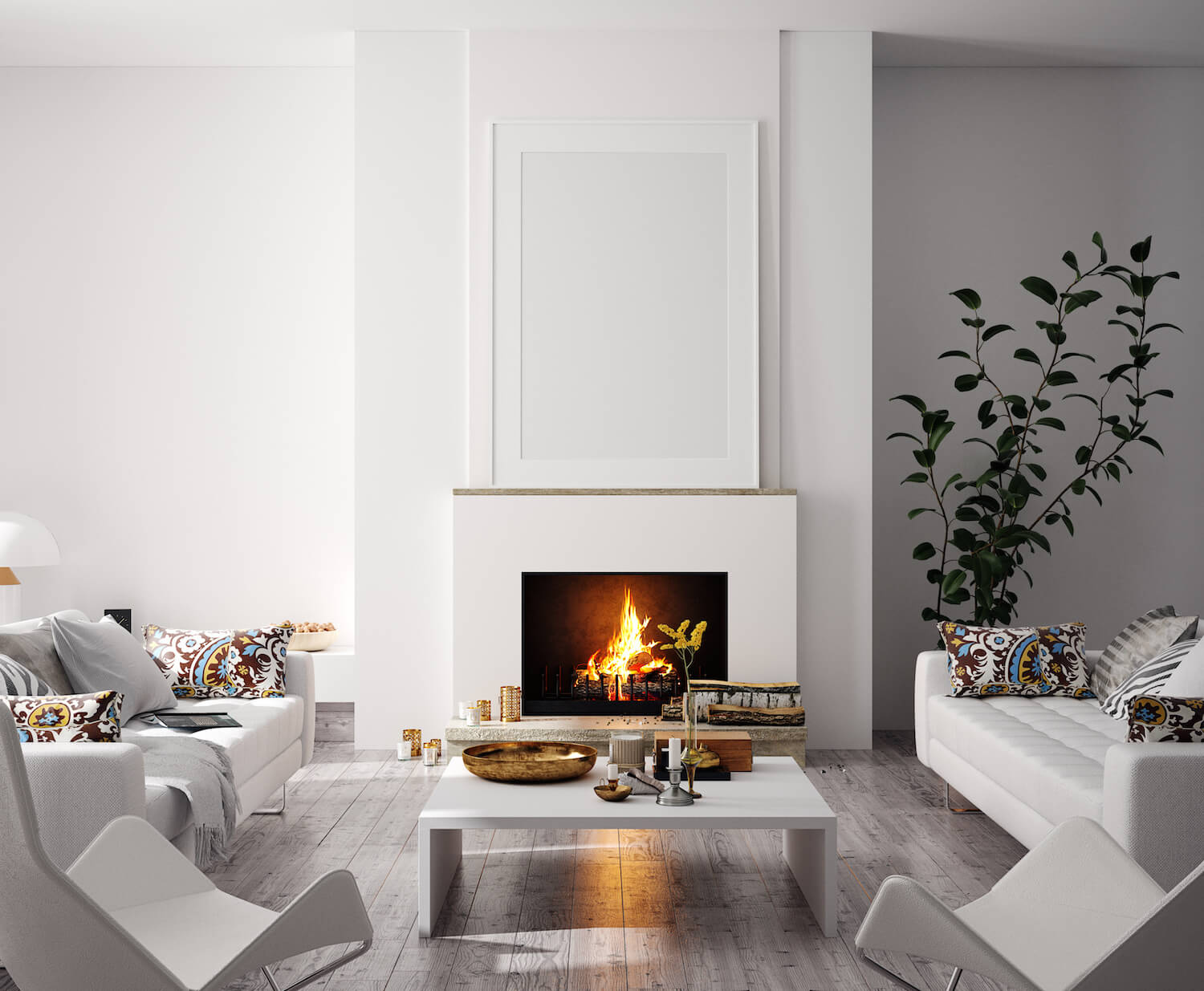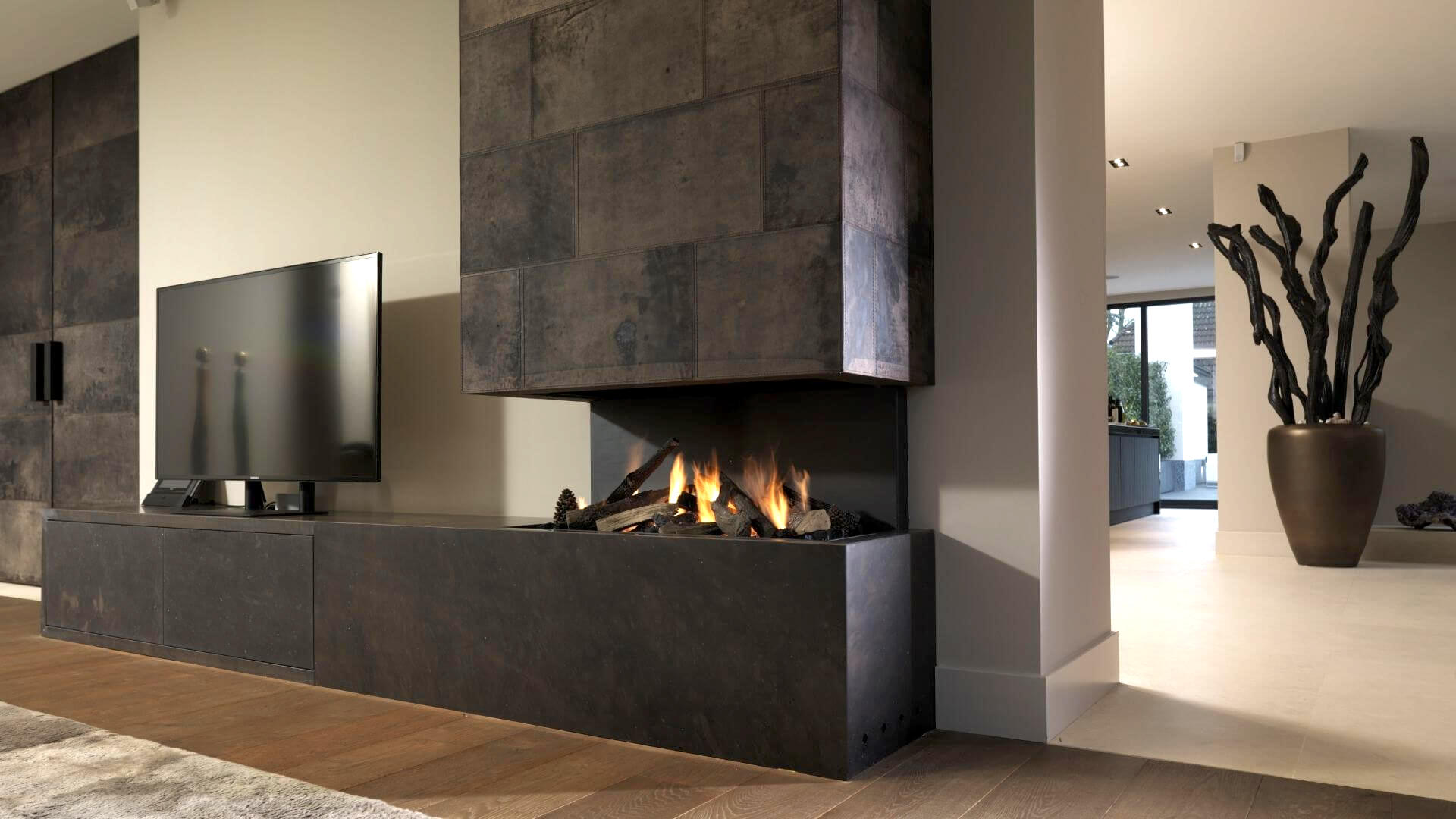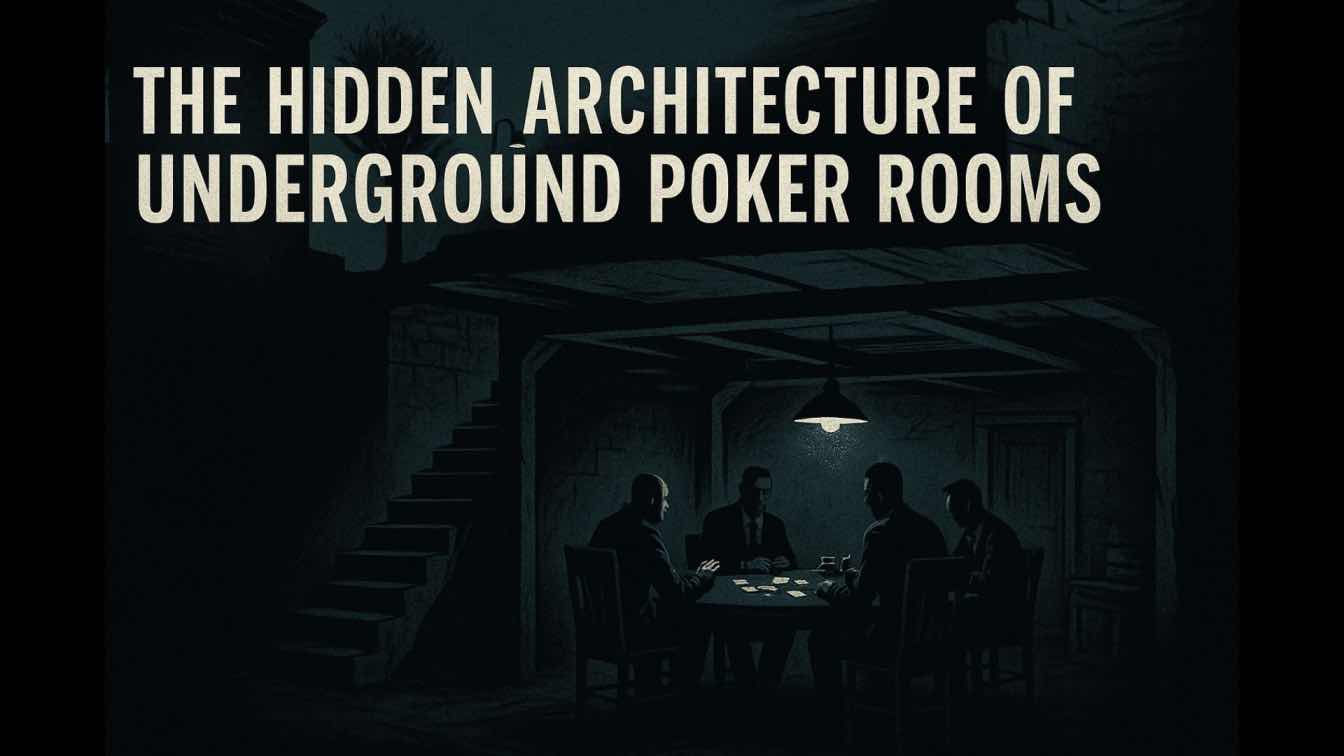A fireplace the heart of a home, where the entire family can gather on chilly nights. A fireplace serves as a symbol of both comfort and security. Installing a fireplace in your home will not only improve your daily life, but it'll also increase the resale value of your home. Most people planning to purchase their dream home would likely include a fireplace as a must-have feature.
For many years, people have been installing open fireplaces. These fireplaces are easy to install, but they are inefficient at heating a home. Thus, there grew a need to develop more efficient fireplaces. These newer fireplaces are not only better at heating the home, but also use up less energy to keep the home comfortably warm.
What Is A High-Efficiency Fireplace?
Traditional fireplaces are inefficient because a lot of the heat from the burning fuel just ends up flowing straight into the chimney. This means you will have to use more fuel to keep the room’s temperature consistently warm. A high-efficiency fireplace is a modern closed-type fireplace with star-rated combustion efficiency, which means it has a low fuel consumption compared to a traditional open fireplace. The closed system also ensures that more heat is directed towards the room instead of getting vented straight outside.
What Tips To Consider When Installing Your Efficient Fireplace?
Ready to add a fireplace to your home? Here are a few tips you should remember if you’re planning to get a high-efficiency fireplace:
1. Decide On The Type Of Fireplace To Install
There are two popular types of high-efficiency fireplaces based on what type of fuel they use. Here is a quick rundown on each option:
Wood Fireplace
This type of fireplace uses wood to heat your room. A typical wood fireplace is usually made up of stones or concrete to keep the fire contained. Thanks to technological advancements, the efficiency of wood fireplaces has greatly improved compared to what they were many years ago. Wood fireplaces are available in different options, like a wood fireplace insert or a wood pellet-burning stove, being some of the more popular variants. Research is paramount in this situation as there will be tons of different options presented to you. Know that selecting the right pellet stove depends on your personal preferences and your budget. It’s important to take into account the size of your home, as well as local building codes, before making a decision. Moreover, you also need to consider the cost and availability of wood in your area.
Gas Fireplace
These type of fireplace uses gas supply to heat your space. Whether using a tank or tapping fuel from a service line, using a gas fireplace could save you a considerable amount of time of looking for firewood to keep your home warm. While more expensive than a wooden fireplace, a gas fireplace burns more consistently and leaves less soot or residue.
2. Choose Right Size And Location
The room size will determine the right size of the fireplace to be installed. Bigger rooms need bigger fireplaces, while smaller rooms should stick to smaller fireplaces to prevent overheating. Make sure you measure the size of your room before purchasing a high-efficiency fireplace. Better yet, you should consider hiring a heating expert who will advise you on the ideal fireplace size for your room.
In most cases, a fireplace will be installed as the main focal feature in the room, where both family and guests can gather together to enjoy the warmth of the fire. However, if you’re installing the fireplace in a wall shared by two rooms, you may want to consider getting a double-sided fireplace so you can warm two rooms simultaneously. You may also want to consider installing an outdoor fireplace to enhance your patio or to create a warm spot in your backyard during chilly weather.
 image © Artjafara
image © Artjafara
3. Consider The Costs
The installation cost will vary depending on the type of fireplace you choose. Visit more than one supplier to make sure you’re getting the average cost of installing a fireplace in your locality. Apart from the initial cost, it would also be best to consider other associated costs like installation fees, expected fuel costs and long-term maintenance such as cleaning. These factors will have a big effect on the long-term value of your fireplace.
4. Understand Safety And Building Codes
Different areas will have their own set of building rules and regulations regarding fireplace installations. These codes will have an effect on how you undertake the project since some procedures might involve making modifications that violate local safety standards. Try to look up your area’s local building codes. Better yet, hire a local heating professional who is familiar with installing fireplaces in your area.
5. Avoid DIY Installation
Despite the practicality of do-it-yourself (DIY) projects, you should leave the fireplace installation to an expert. An expert will have the right tools and skills to install your high-efficiency fireplace properly. Although it might be expensive to hire an expert than doing it yourself, it’ll save you a considerable amount in the long run.
Takeaway
Understanding set regulations, cost, and the ideal size will be helpful when installing your high-efficiency fireplaces. Just remember that it’s best to get help from a certified expert to make sure your fireplace is installed safely and properly.





